I would like a plot of the instantaneous phase difference between a frequency-swept drive and the nonlinear oscillator it is driving. x[t] below is the instantaneous displacement of the oscillator and plotx provides a plot.
Thanks, Carey
s =
NDSolve[{x''[t] + x[t] - 0.167 x[t]^3 ==
0.005 Cos[t - 0.5*0.0000652*t^2], x[0] == 0, x'[0] == 0},
x, {t, 0, 3000}, MaxSteps -> 35000]
plotx = Plot[Evaluate[x[t] /. s], {t, 0, 3000}, PlotPoints -> 10000,
Frame -> {True, True, False, False}, FrameLabel -> {"t", "x"},
FrameStyle -> Directive[FontSize -> 15], PlotLabel -> "(a)",
Axes -> False]


